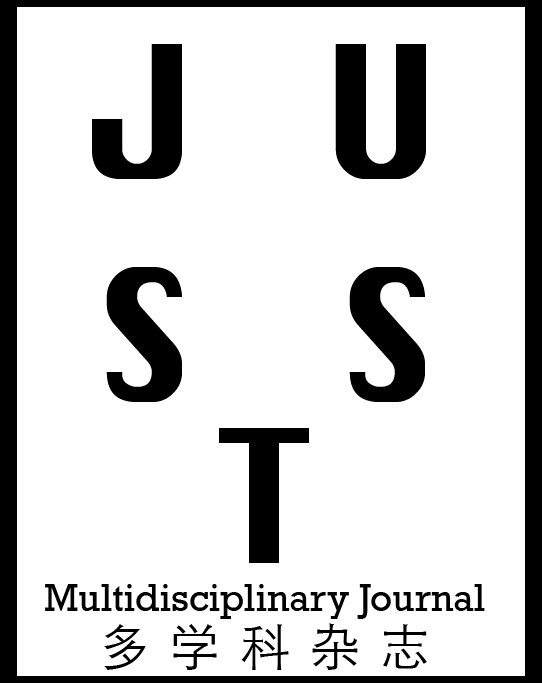Abbass D. M, Al-Layla M. G, Al-Hamdani, Z. B
Field Crops Department, College of Agriculture and Forestry, University of Mosul, Iraq.
Estimation of Heritability and Expect Genetic Improvement and Expected in Durum Wheat (Triticum Durum Desf)
Authors
Abstract
This study was conducted in the field of the College of Agriculture and Forestry / University of Mosul, which is nearly 5 km from the center of Mosul for the season (2018-2019). Ten genotypes of durum wheat were used, six which were obtained through ICARDA (Maggy, Zeina2, Joudille). , Gigamar, Lcarasha2, Adnham) ,and three approved varieties (Svevo, Grecale and Duma-1).In addition to a genetic entrance (Sardar) that was previously cultivated within the environmental conditions of the region and proved its superiority, and the cultivation was carried out on lines of (2.5) m long and the distance between one line (30) cm, using the Randomized Complete Block Design (R.C.B.D) with three replications
to study the genetic behavior of the following characters: number of days to 50% flowering , plant height , number of spikes / plant , spike lendth , number of grains / spike , flag leaf area , biological yield , grain yield , harvest index % , 1000- grain weight.variation and Broad sense heritability, expected genetic improvement and correlation between traits were estimated. The results showed significant differences between all genotypes and for all traits at the level of (1%).
The phenotypic variance values were higher than the genotypic and environmental variance values for all traits, and the genotypic variance values were higher than the environmental variance values. values of Broad sense heritability were high for all traits, while expected genetic improvement was low for the two varieties(number of days to flowering at 50%,, plant height (cm), and medium for rest traits studied. some traits also showed positive and significant phenotypic correlation.
hybrids were performed on the A ×B system proposed by [1,2] to get first generation hybrids.
